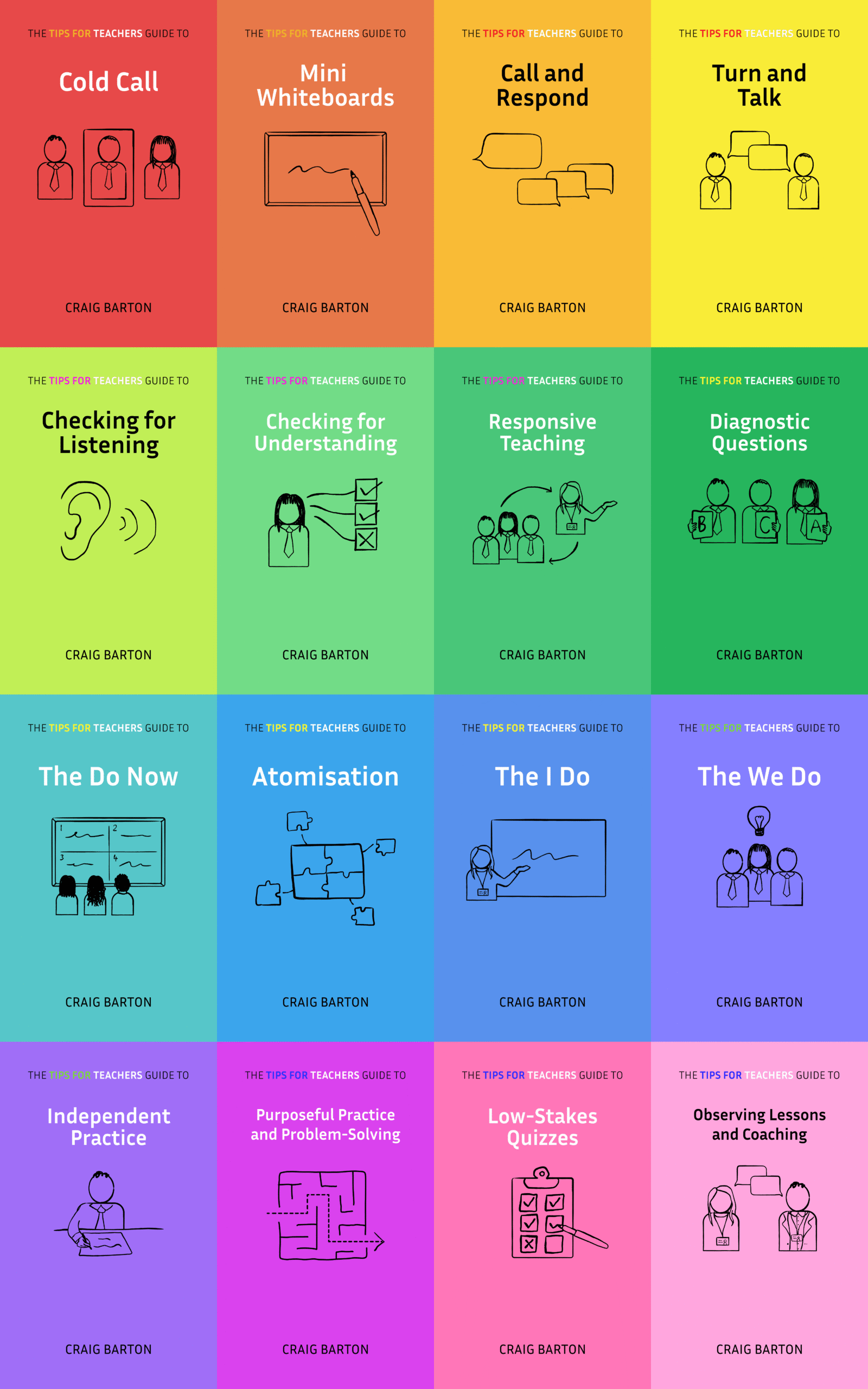Summary
This YouTube transcript discusses a teaching technique where educators intentionally introduce errors during guided practice to assess student understanding. The method involves letting the mistake hang, observing student reactions, and using the error as a springboard for discussion. The technique’s effectiveness relies on establishing a classroom culture where students expect such challenges and actively participate in identifying and correcting errors. The conversation also explores how to ensure all students benefit from the learning opportunity created by the identified mistakes, even when only one student initially points out the error. Ultimately, the strategy aims to evaluate students’ confidence and comprehension beyond simple memorization.
What are the implications for teachers?
The sources discuss several implications for teachers who want to use the “trick” method to test if their students understand a topic. Here are some of those implications:
- Creating a classroom culture where students expect to sometimes be “tricked” is important. This approach works best when students are used to the teacher sometimes intentionally making a mistake or challenging their answers. The students need to be comfortable sticking to their answer even when the teacher seems to be indicating that they are wrong.
- The method is most effective after students have been taught the correct method and have some fluency in it. It shouldn’t be used at the beginning of the learning process, but during guided practice.
- Teachers can use this strategy to check for understanding and the reliability of a student’s confidence in their answer. It helps to reveal whether a student truly understands the logic behind their answer or if they are just guessing.
- This strategy can be used to test if students are listening and engaged. If a student makes a mistake and the other students don’t notice, it can indicate that the students weren’t listening or don’t understand.
- This technique can reveal if students are confident in their understanding; if they are not confident, they may change their answer even if it was correct.
- Teachers can use this method to create a “big learning event”. When a mistake is made, it can be used as a learning opportunity for the entire class. For example, the teacher can ask students to identify the mistake, discuss it in groups, or write it down.
- The method does not require extra planning. It can be used spontaneously during a lesson.
- It is important that the teacher ensures that all students benefit from the question. This can be done by making eye contact with the class, asking them what they think, or asking them to discuss it in small groups.
- When teachers do this, they should be aware that they might be focusing the class on one student. Teachers can avoid this by using class wide engagement techniques such as looking at the class, or using pair/share.
- The teacher can use non-verbal cues such as staring at a student or repeating their answer to create a moment of uncertainty and make the student question themselves.
- If a mistake is left on the board, teachers can have students raise their hands when they spot the mistake. This allows students time to process the mistake and allows the teacher to see how many students are aware of the error.
- Teachers can also ask students to explain or write down the mistake.
The sources suggest that this approach should not be used as a way to punish or embarrass students, but rather as a way to assess their understanding and engage them in the learning process.









